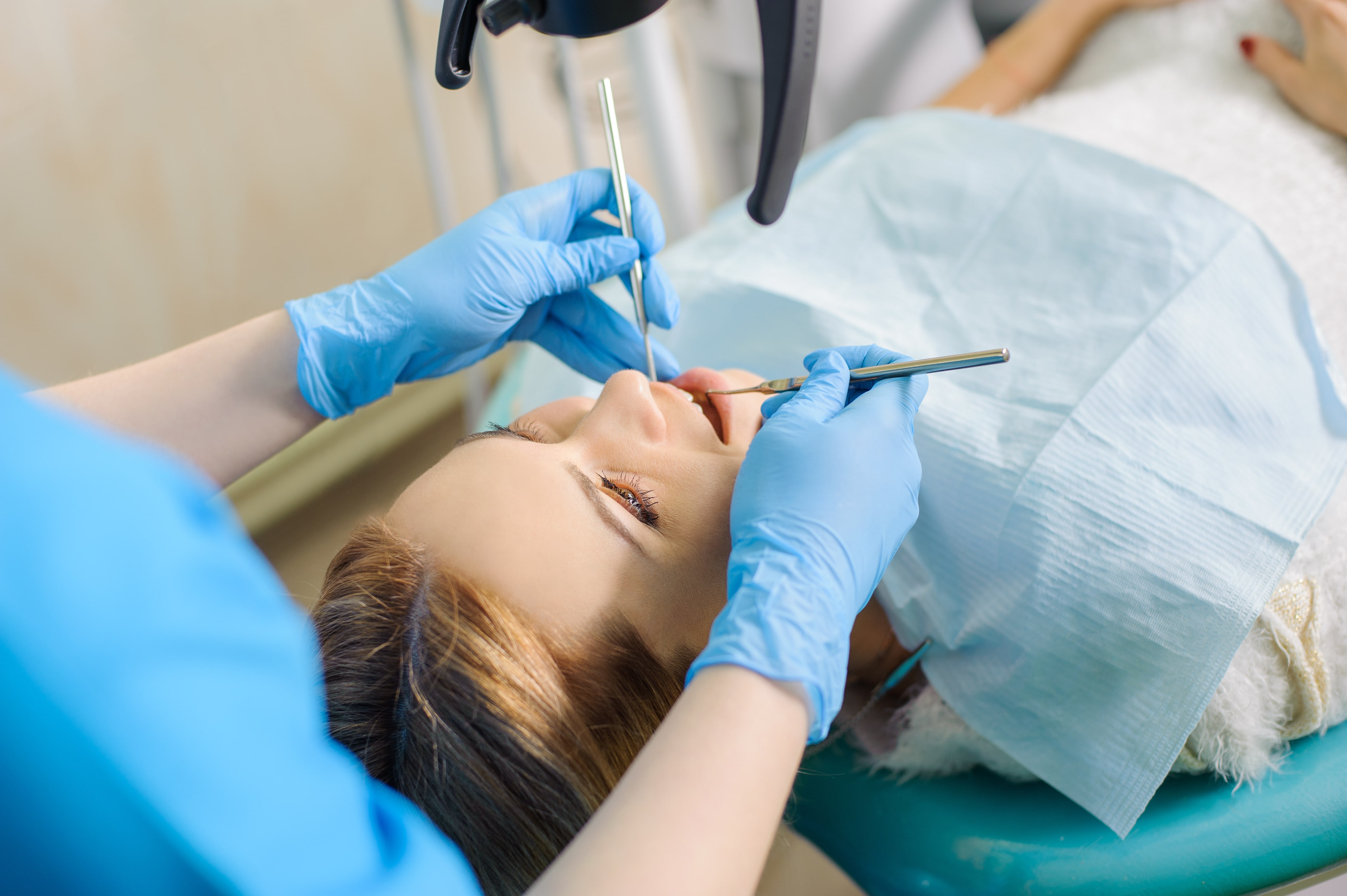purple plum aesthetics blog
Pain in Tooth After Root Canal

Why Pain Can Happen After a Root Canal Treatment
A root canal treatment is designed to save a natural tooth by removing diseased pulp from inside and sealing the cleaned canals. Although the root canal procedure has a high success rate, it is not unusual to experience tooth pain after treatment. Discomfort can range from mild discomfort to severe pain depending on the healing process and any complications.
During the root canal, the nerve inside the tooth is removed along with infected tissue. Even with local anesthesia to keep the process comfortable, the surrounding area may feel pressure or increased sensitivity for several days. The body’s response to the procedure often includes inflammation, which can make the treated tooth feel sore.
Occasionally, lingering pain occurs when infection remains inside hidden or curved canals. A cracked tooth, missed canal, or improperly sealed filling material can also allow bacteria to survive. In rare cases, persistent pain can be linked to neuropathic pain conditions such as phantom tooth pain, which is related to the same nerve pathways as phantom limb pain.
Normal Healing Versus Problem Signs
The healing process after root canal therapy usually involves moderate discomfort that fades within three to seven days. A tooth remains sensitive for a short period because the periodontal ligaments around the treated area need time to recover from the instrumentation of the procedure.
Some patients notice mild discomfort when chewing or drinking cold beverages. This is expected and generally improves with simple pain relief methods. Avoid chewing hard foods on the treated tooth until the dentist recommends it.
Warning signs appear when pain persists beyond a week or becomes worsening pain instead of gradual improvement. Following symptoms such as swelling, a bad taste in the mouth, discharge from the gums, fever, or pain that spreads to the surrounding area should be reported to a dental professional immediately. These can indicate ongoing infection, cracked tooth structure, or complications requiring endodontic retreatment.
Common Causes of Lingering or Persistent Tooth Pain After a Root Canal
- Inflammation of surrounding tissues from the root canal procedure itself
- High bite pressure from a filling or crown that sits too tall, placing strain on the treated tooth
- Infection in untreated canals or around the root tip
- Temporary filling leakage allowing bacteria to re-enter before the permanent restoration is placed
- Orofacial pain disorders such as trigeminal neuralgia, which may mimic dental pain
- Medical conditions such as sinus infections or, in extremely rare cases, serious illnesses like brain tumors, which can cause tooth pain symptoms unrelated to the tooth itself
- Dental anxiety leading to heightened perception of discomfort during recovery
How Much Pain Is Normal After a Root Canal
Experiencing pain after endodontic treatment is expected to some extent. Local anesthetic used during the procedure will wear off after a few hours, at which point soreness may be noticeable. Mild to moderate discomfort is normal and can be managed with over-the-counter medications unless the dentist recommends stronger topical medications or prescription pain relief.
Severe pain or swelling that interrupts daily activities is not typical and should be assessed by a dentist or endodontist. When pain continues or intensifies after the first week, it may be a sign of infection, nerve-related problems, or an issue with the restoration.
Managing Pain and Supporting the Healing Process
Pain relief often starts with anti-inflammatory medications. Ibuprofen or acetaminophen are safe choices for most patients, though individuals with certain medical conditions should follow their dentist’s advice. Cold compresses applied to the cheek near the treated tooth can reduce swelling.
Soft foods such as soup, scrambled eggs, or yogurt place minimal stress on the treated area. Patients should avoid chewing directly on the tooth until the final crown or permanent filling is placed.
Good oral hygiene remains important during recovery. Gentle brushing and flossing help maintain oral health while preventing bacteria buildup. Regular rinsing with warm salt water can soothe tissues and promote healing.
When to Seek Specialist Care
A dentist or endodontist should evaluate any persistent tooth pain that does not improve. Lingering discomfort may require endodontic retreatment to fully clean the canals. In some cases, an orofacial pain specialist becomes involved when neuropathic pain is suspected.
If retreatment cannot resolve the issue, tooth extraction may be considered, though this is generally a last resort. A dental professional will review x rays to identify any structural or infection-related cause for the ongoing pain.
Preventing Future Problems After Root Canal Therapy
Placing a permanent filling or crown as soon as possible after the root canal protects the tooth from reinfection and restores chewing strength. Follow-up appointments allow the dentist to check for high spots in the bite and make necessary adjustments.
Maintaining good oral hygiene, attending regular dental care visits, and addressing dental anxiety through communication with dental specialists help keep treated teeth healthy long term.
Key Points to Remember
- Pain in tooth after root canal may be part of normal recovery or a sign of complications
- Mild discomfort is common, but persistent pain, worsening pain, or swelling should be checked promptly
- Causes range from simple bite issues to infection or rare nerve-related conditions like phantom pain
- Pain relief strategies include medication, soft foods, avoiding chewing on the treated area, and maintaining oral health
- Endodontic retreatment or consultation with an orofacial pain specialist may be needed if pain persists
Benefits of Periodontal Therapy
Periodontal therapy offers several significant benefits that extend beyond just oral health. Here are four key benefits:
One of the primary benefits of periodontal therapy is the prevention of tooth loss. Periodontal disease, if left untreated, can lead to the destruction of the bone and connective tissue that support the teeth.
Periodontal disease is associated with chronic inflammation, which can have adverse effects on overall health. By treating periodontal disease, patients can reduce systemic inflammation, potentially lowering the risk of related health conditions such as cardiovascular disease, diabetes, and rheumatoid arthritis.
Periodontal therapy helps improve oral hygiene by thoroughly cleaning the pockets around the teeth, which are difficult to clean with regular brushing and flossing alone.
Healthier gums appear firm and pink, which contributes to an overall more attractive smile. Additionally, periodontal treatment can stabilize teeth and prevent further recession, helping patients maintain a youthful and confident appearance.

